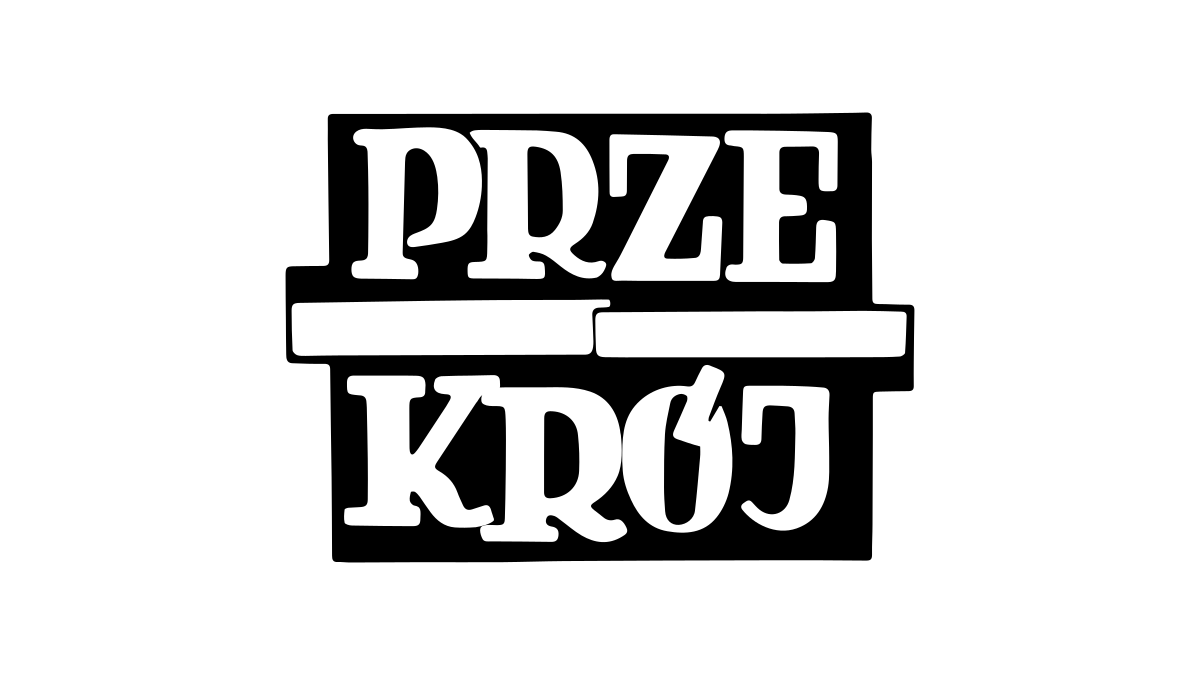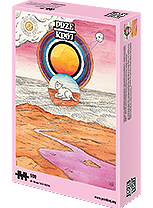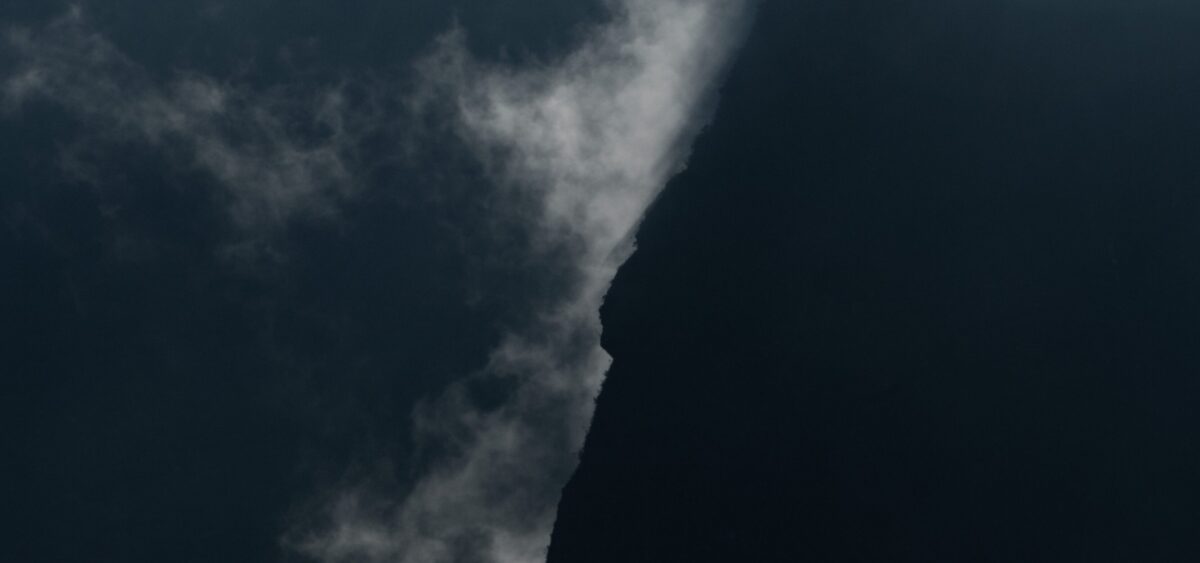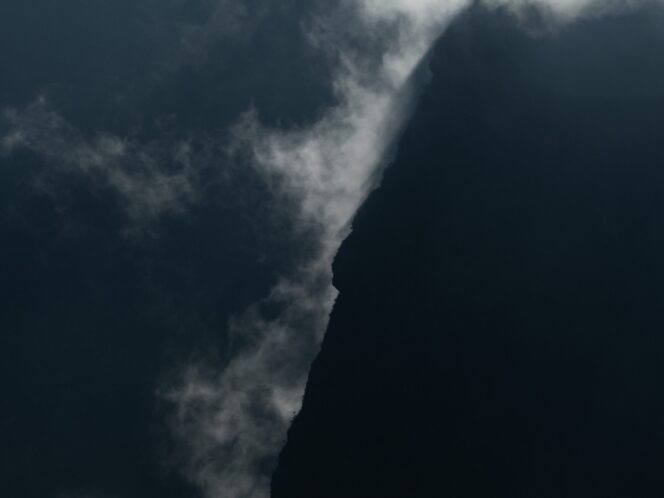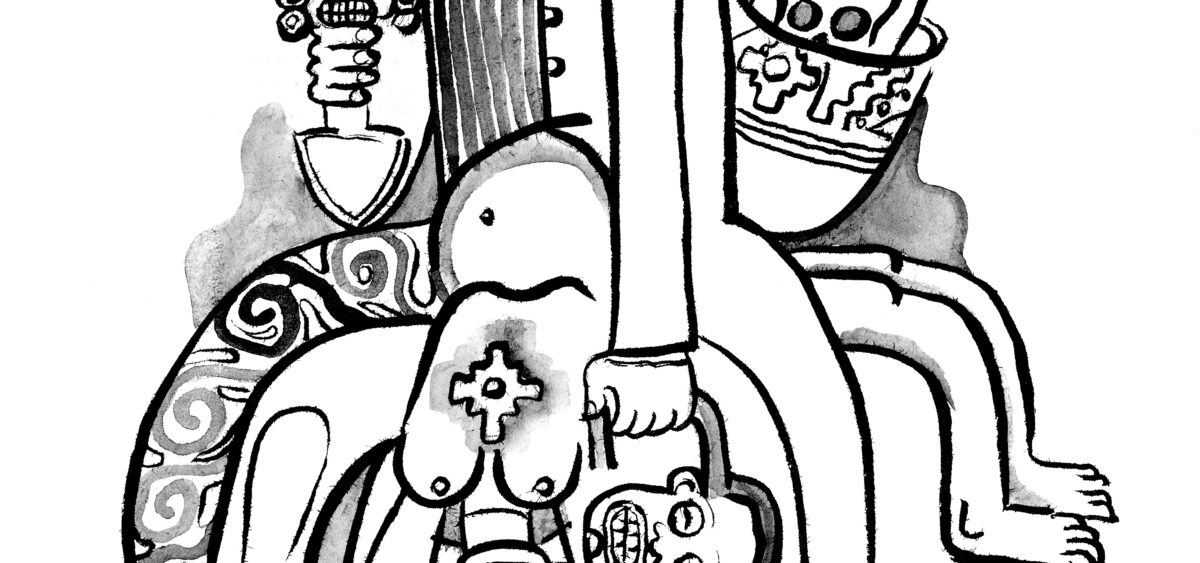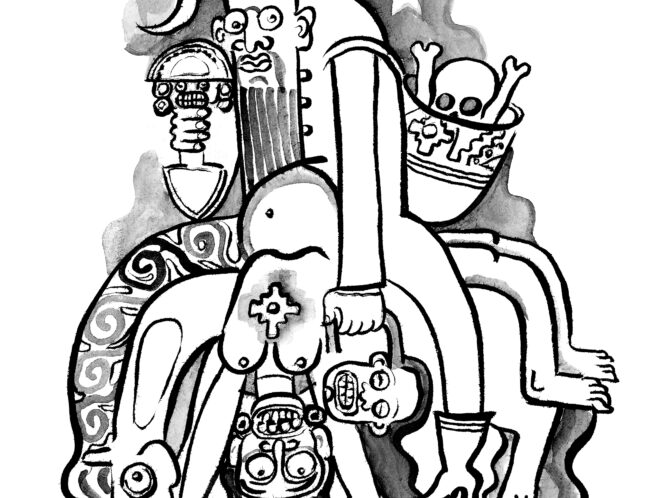
On the surface, it’s just another monster – the vampire’s Andean cousin, a superstition, an element of folklore. But in actual fact, it’s more real than it might seem at first glance. And much more dangerous!
Fans of South American literature might have encountered the pishtaco before in the novel Death in the Andes by Mario Vargas Llosa. Corporal Lituma is transferred to an Andean community run by terrorists from the Shining Path; there, he attempts to figure out this strange world and solve the mystery of a series of disappearances of local residents. In Peru, the novel got a hostile reception from many of those who identify as Andean. This is hardly surprising. The writer expressed negative views about Indigenous Andean cultures and indigenism – the trend postulating the primacy of native Inca heritage over the Spanish element in the country – so readers were perfectly justified in being wary. Some experts in Andean culture, however, considered the novel to be well constructed and valuable from an ethnographic point of view. In any case, pishtacos appear in Death in the Andes many times; through their objective description, they help to create an image of an Andean world that is foreign to both the hero of the novel and its author.
While readers can learn a lot
